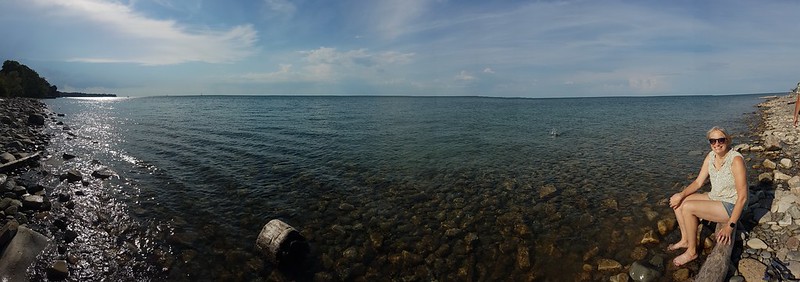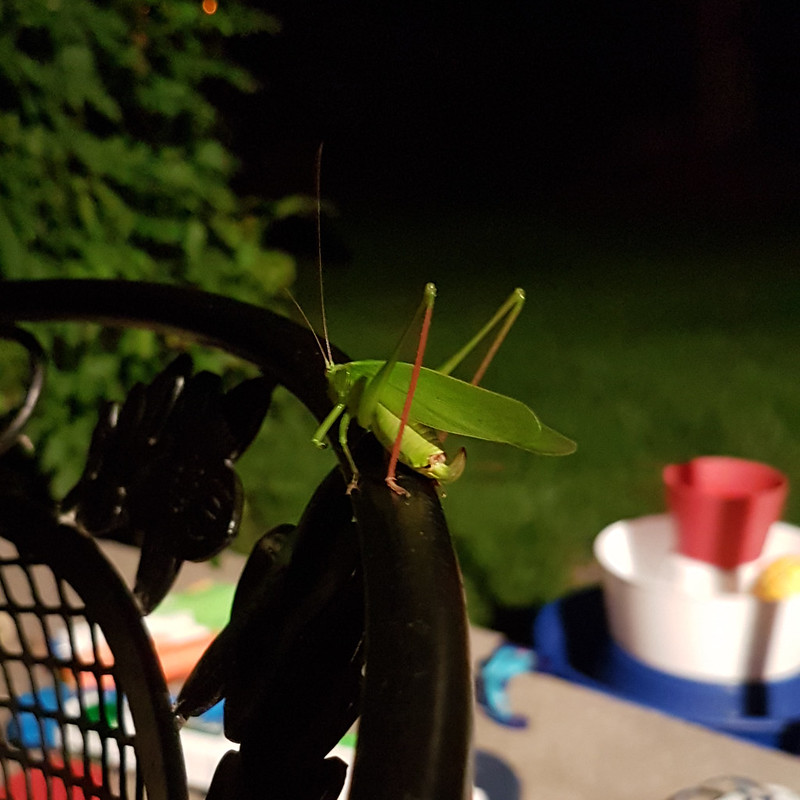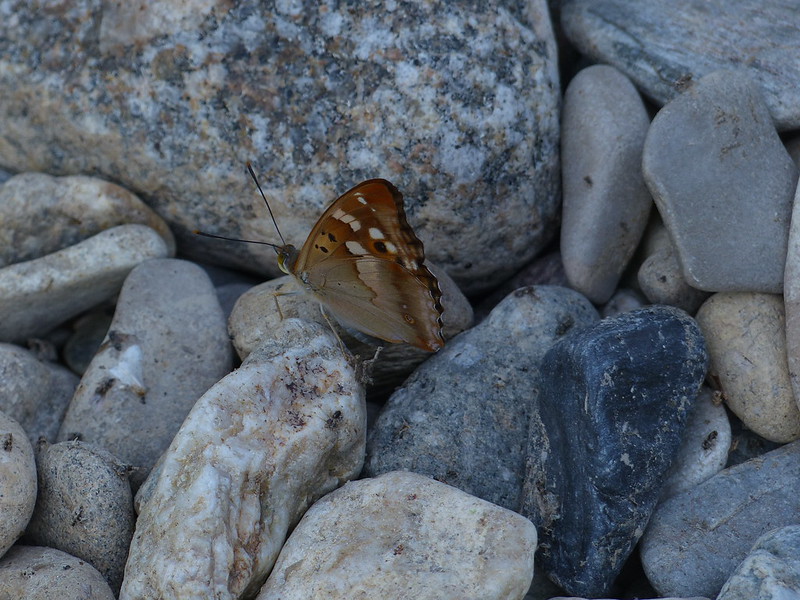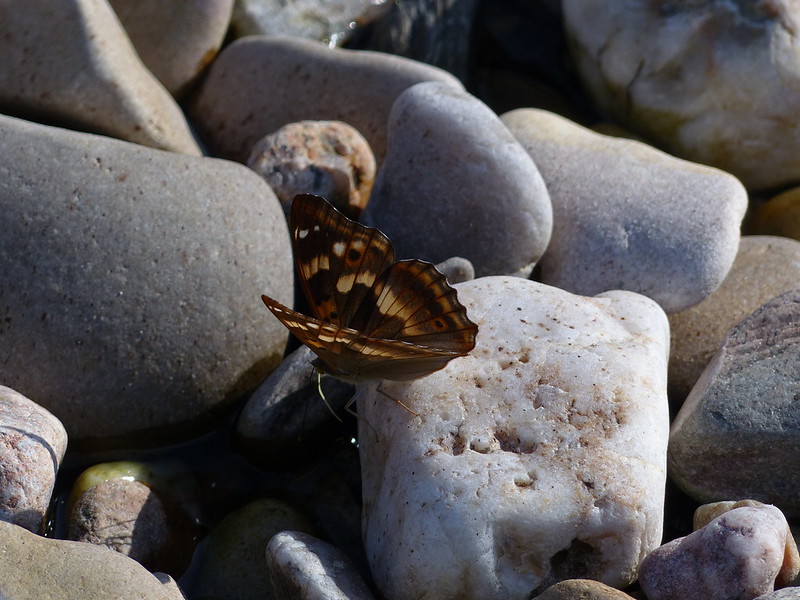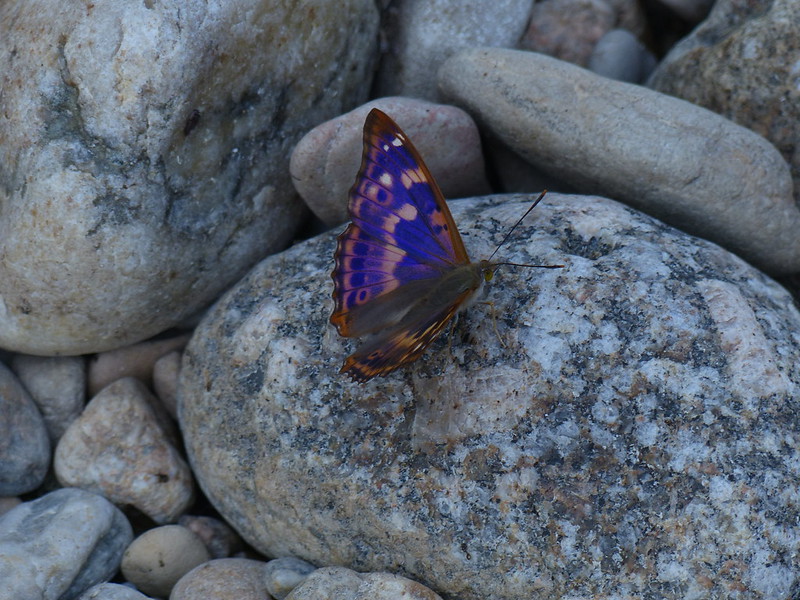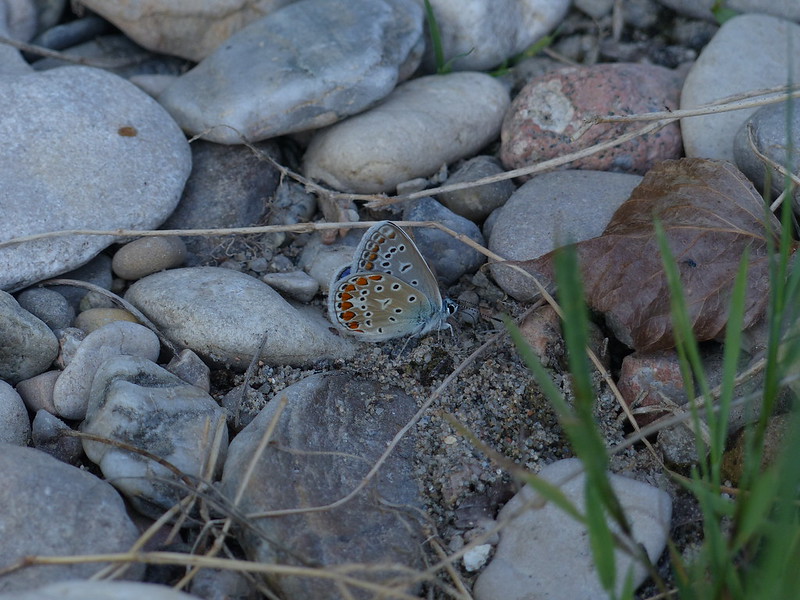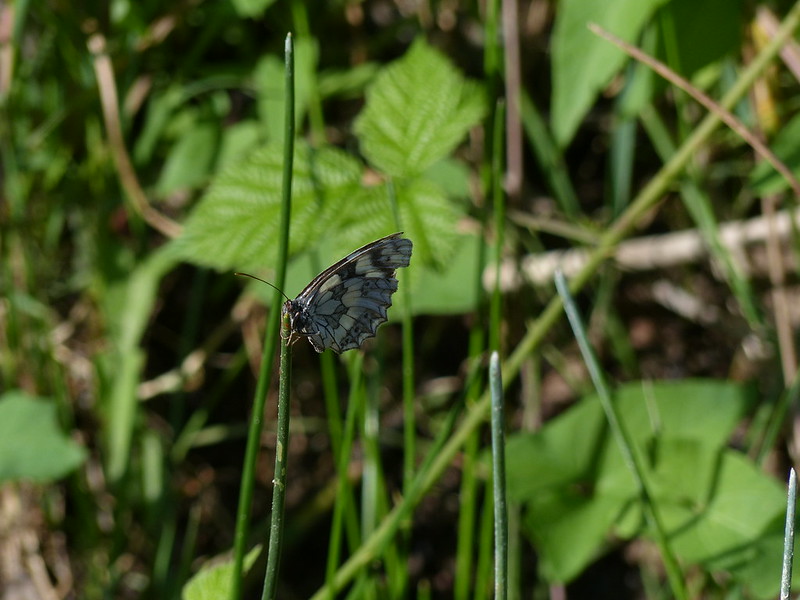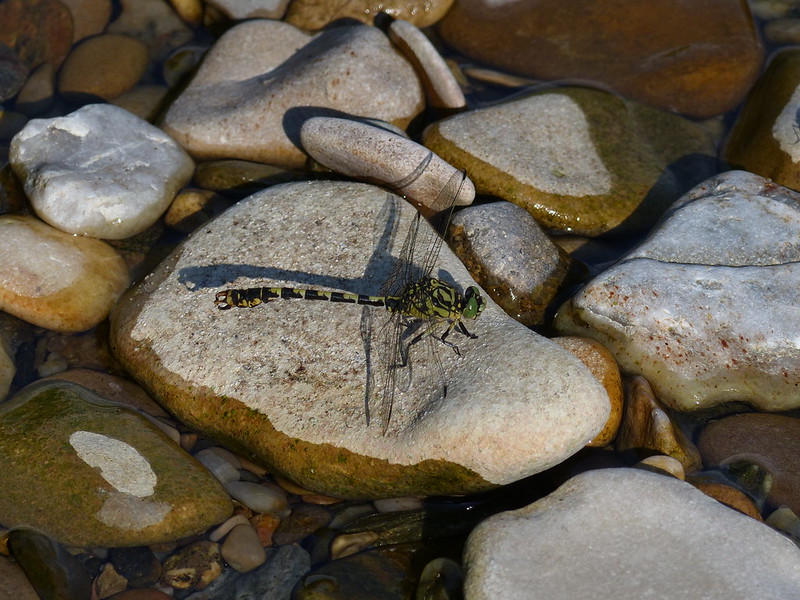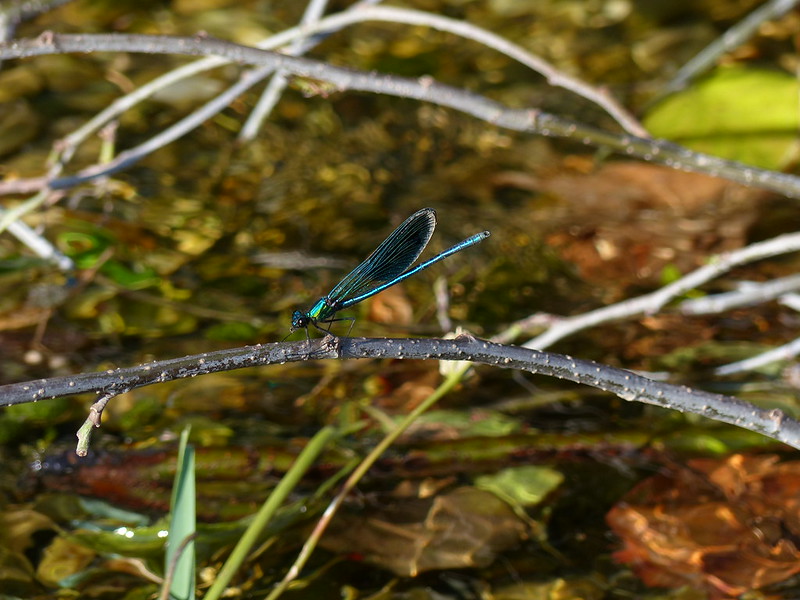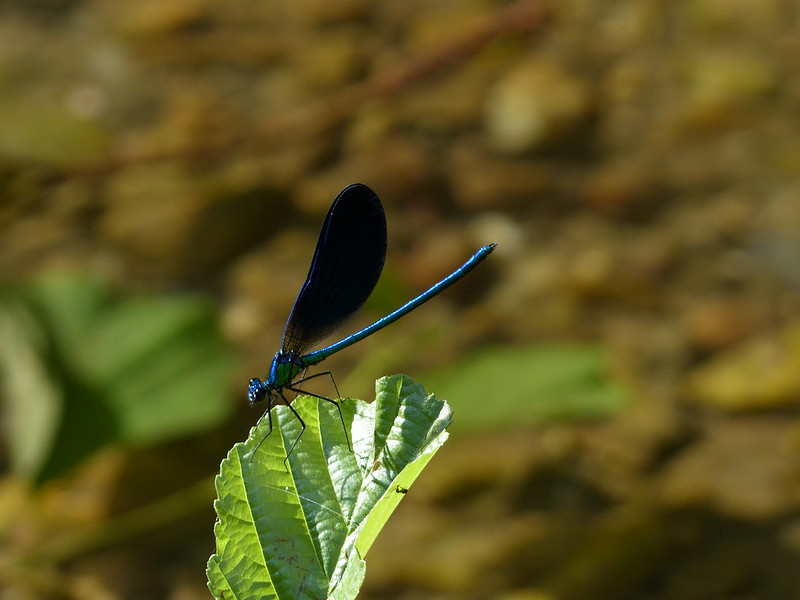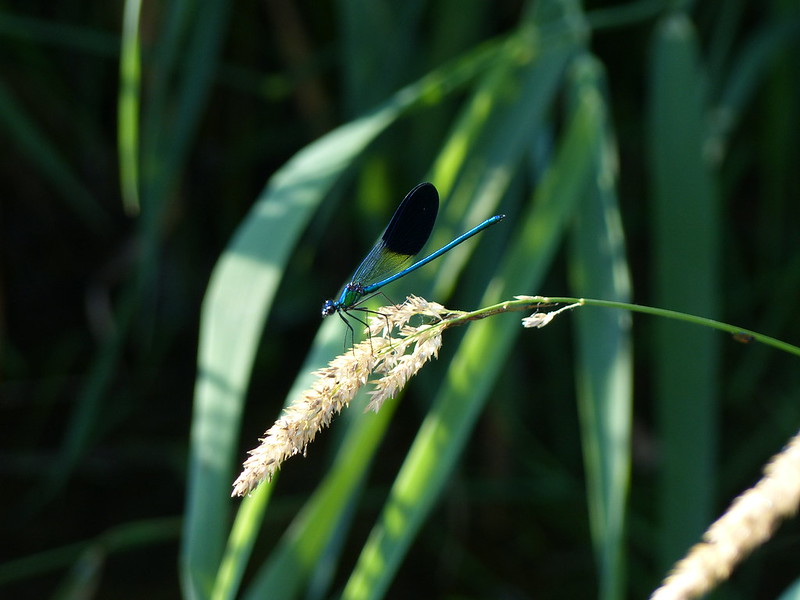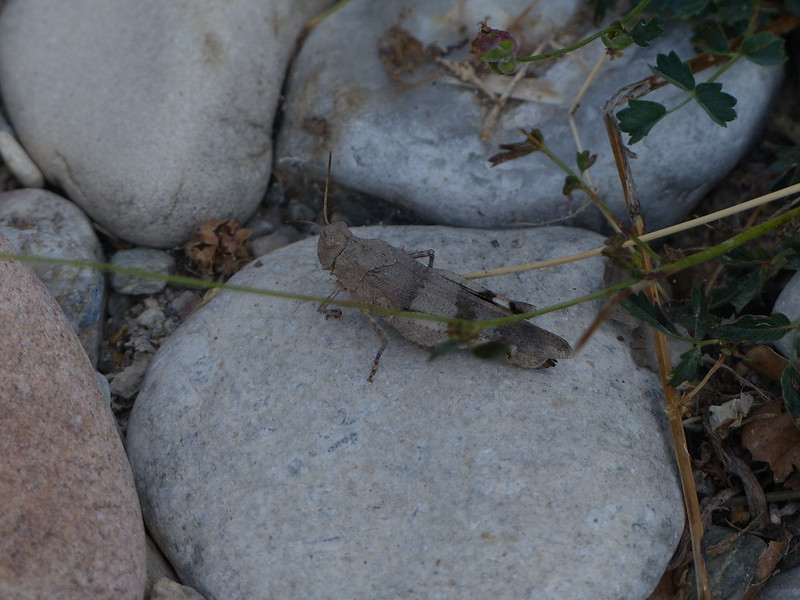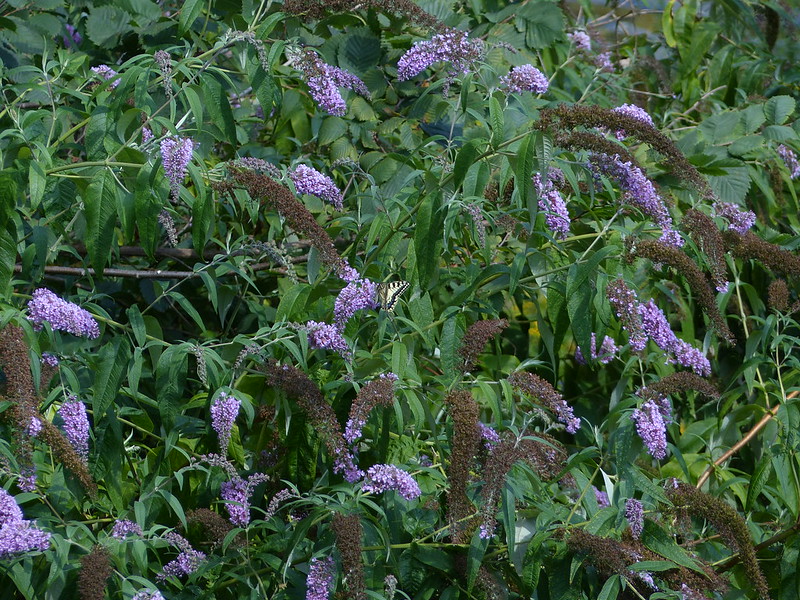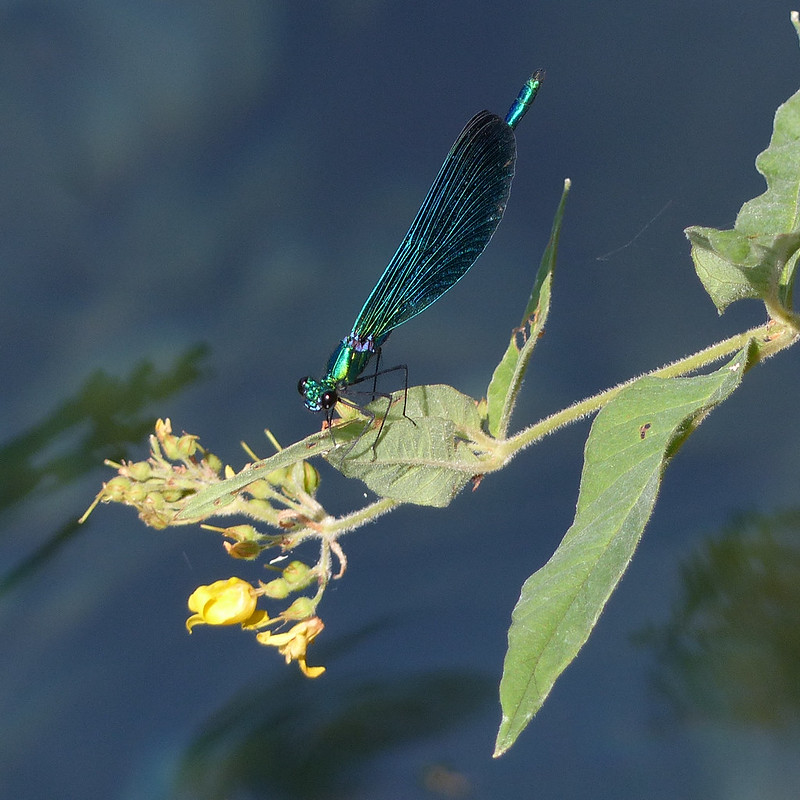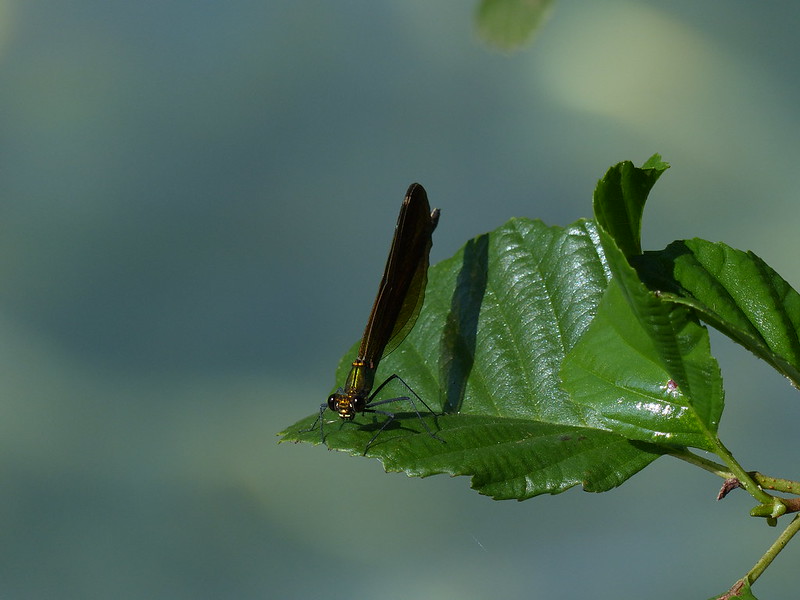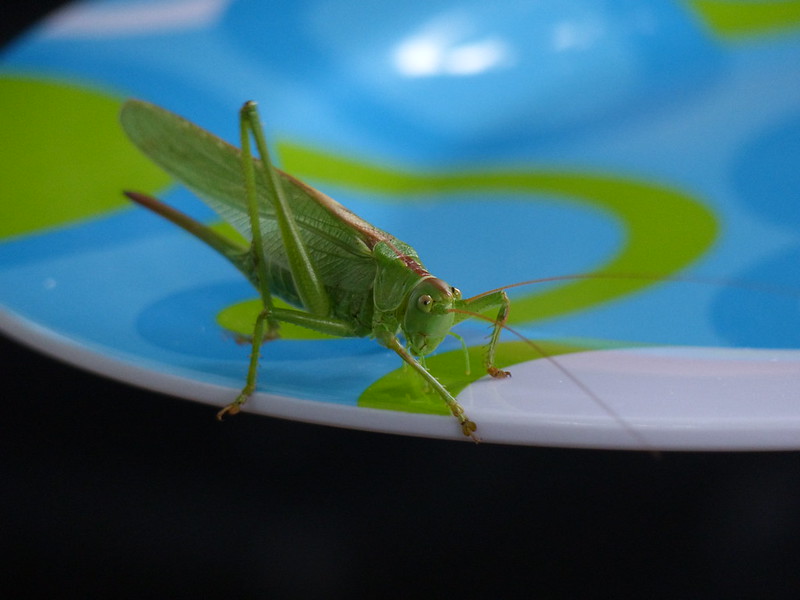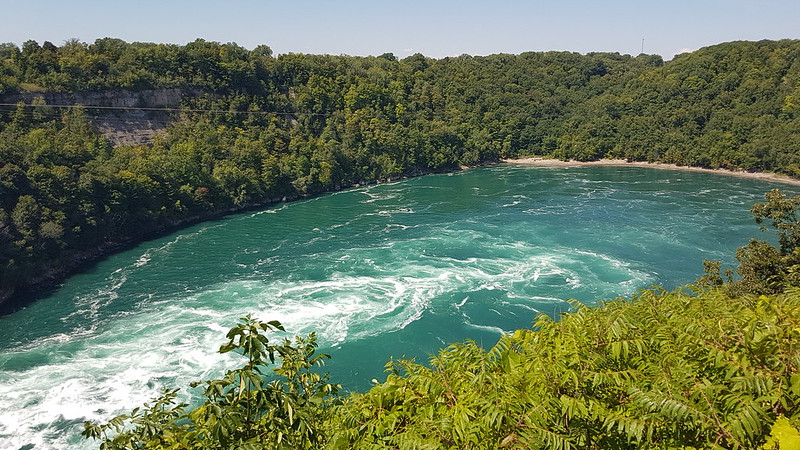
After a long drive to Buffalo, we were itching to get out and see what the area had to offer. The Whirlpool was really awe-inspiring – you perhaps have to see and hear it moving to get a proper impression of it’s massive power.
There were numerous large birds of prey circling overhead and, not for the first time, I regretted the lack of my superzoom camera.

Captain Matthew Webb, the first man to swim the English Channel unaided, died here attempting to swim across the Whirlpool. Foolhardy doesn’t even begin to cover it.
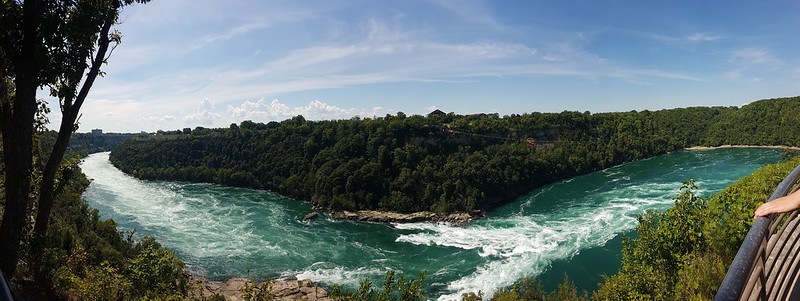
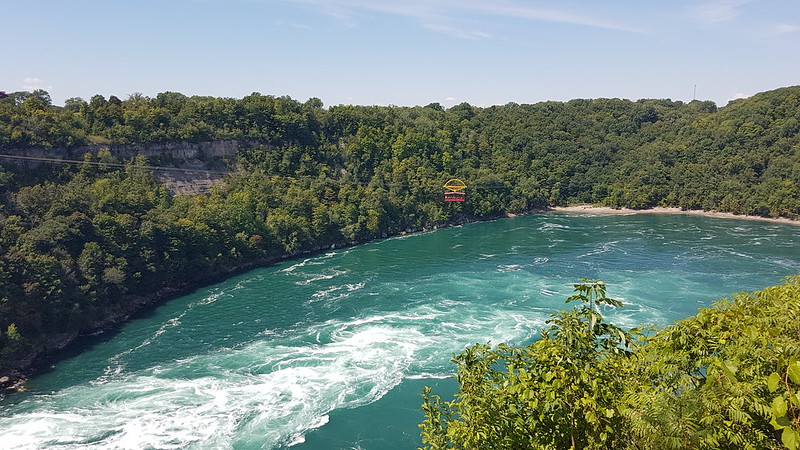

The visitor centre at the Robert Moses Niagara Power Plant had all sorts of interactive demonstrations, quizzes and games. It was a big hit with the younger members of the party. I enjoyed the history of power production in the area and of the rivalry between Edison and Teslar over AC and DC supply.
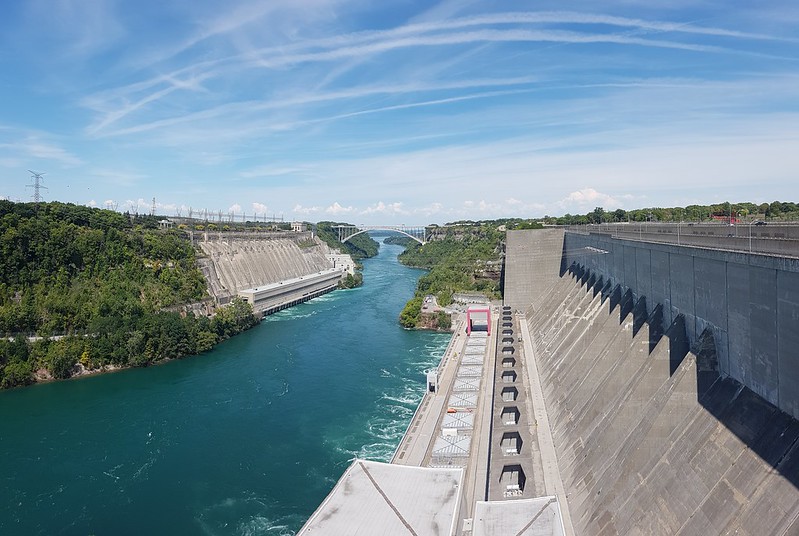
I think this was the day we ate lunch at an amazing cafe right by the river which served enormous sandwiches.
We were packing a lot in and by the time we got to Fort Niagara it was already quite late in the day. We did a whirlwind tour of the museum, but didn’t have time for the film, which young M assured us was a great loss.
Never mind, the fort itself was fascinating.
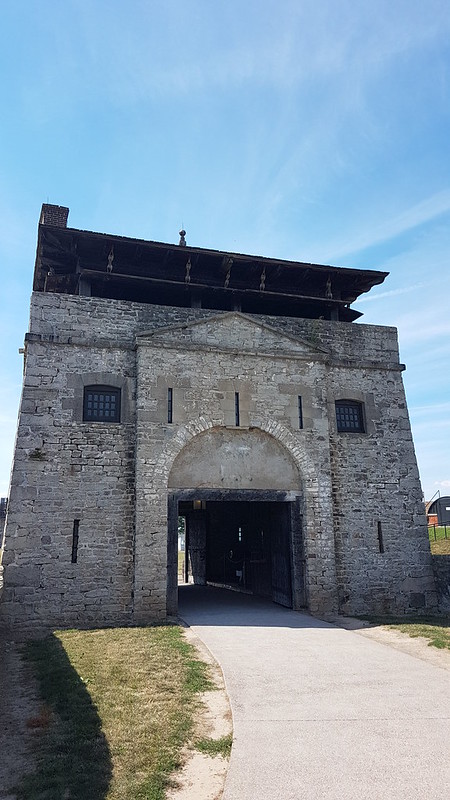
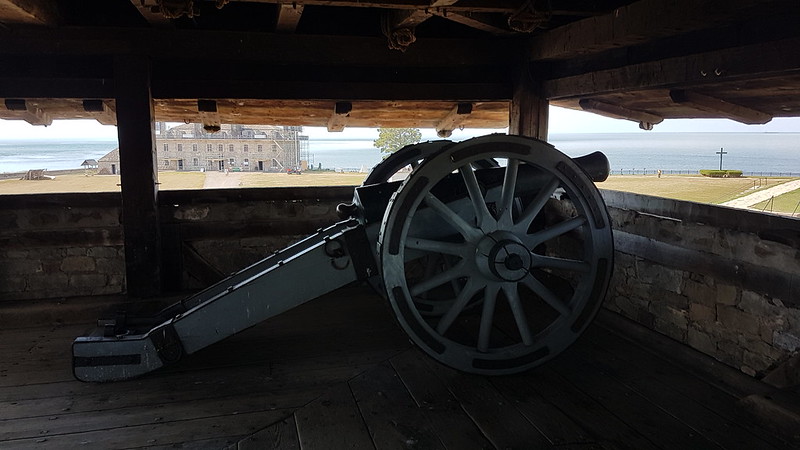
I’m always a sucker for any kind of battlements and was particularly taken with the top of these roofed towers.

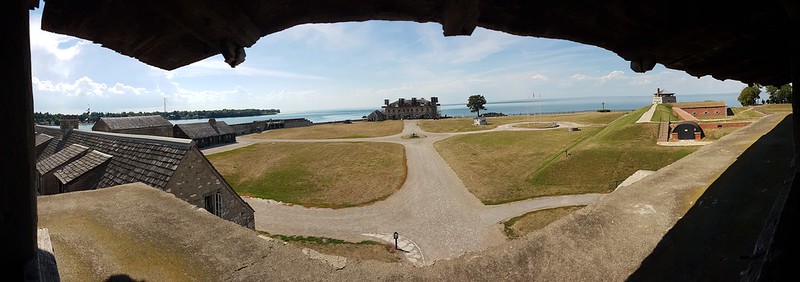
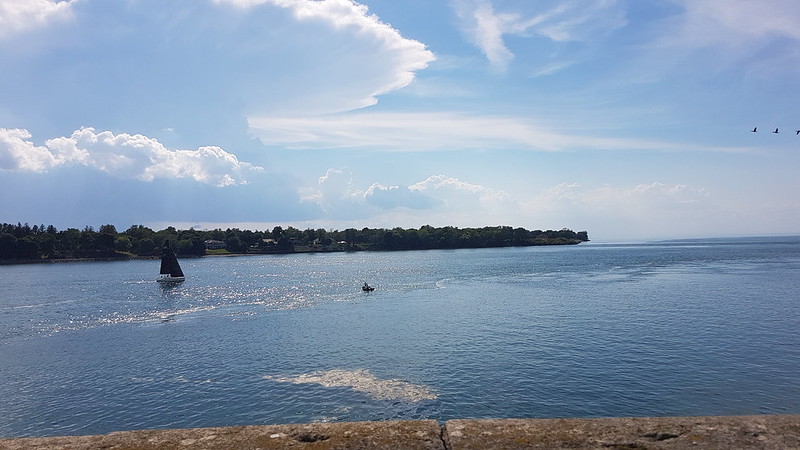

I assume the man on the left is dressed as a member of one of the local native American peoples. An Iroquois?
The man on the right was demonstrating the loading and firing of a musket. I think his uniform is French. His talk was entertaining and informative. The main thing I remember is the huge weight of wool he told us was in his uniform. He must have been sweltering. It was hot.
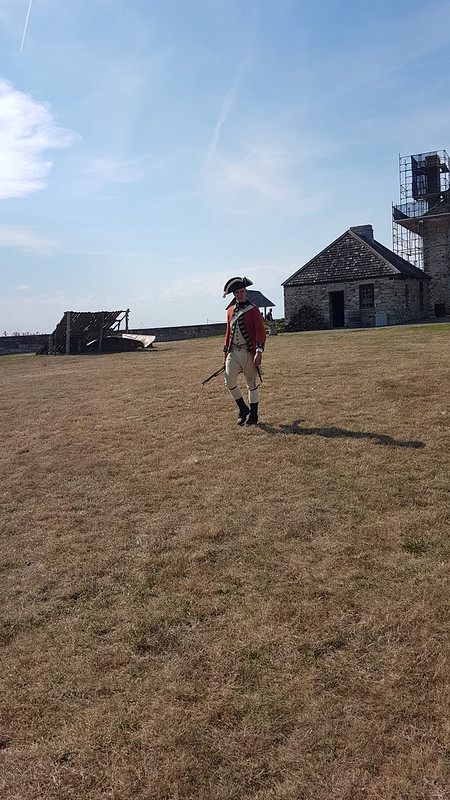
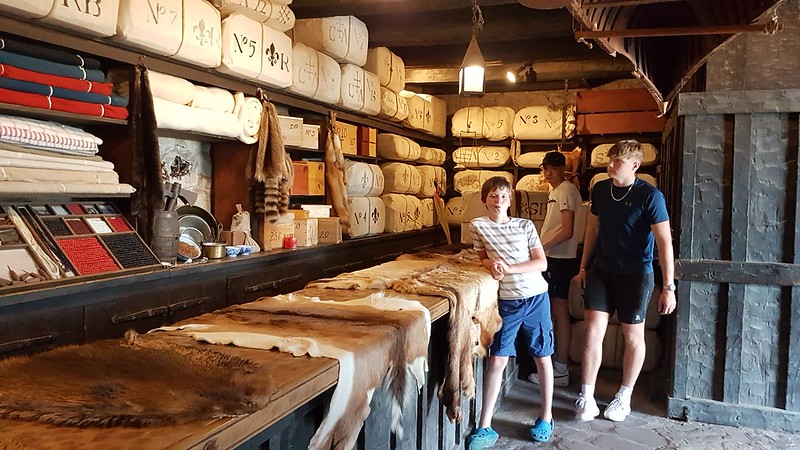


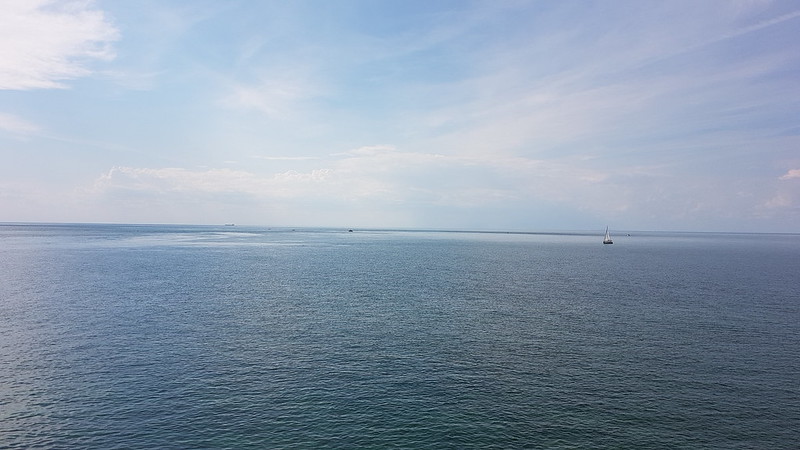

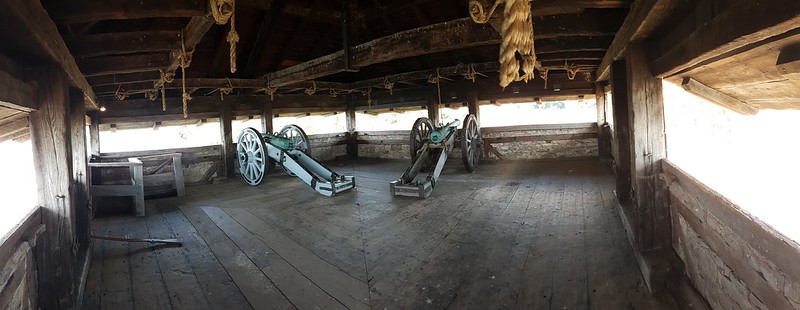


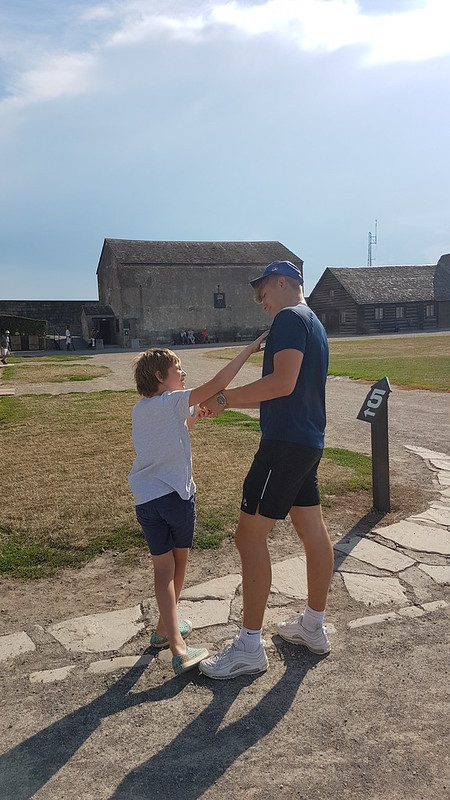
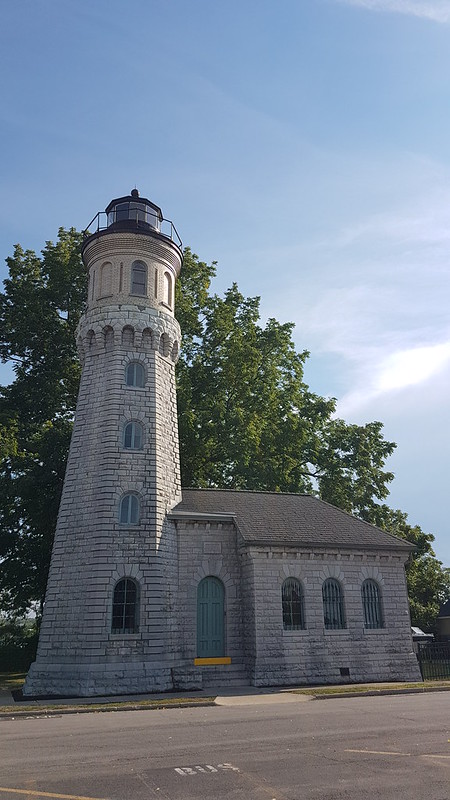
The fort was closing as we left. Just one last thing to squeeze in…
